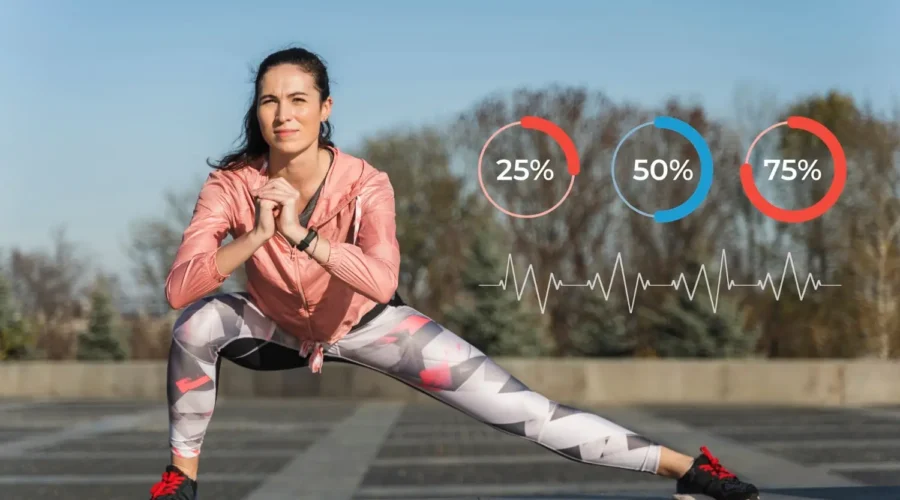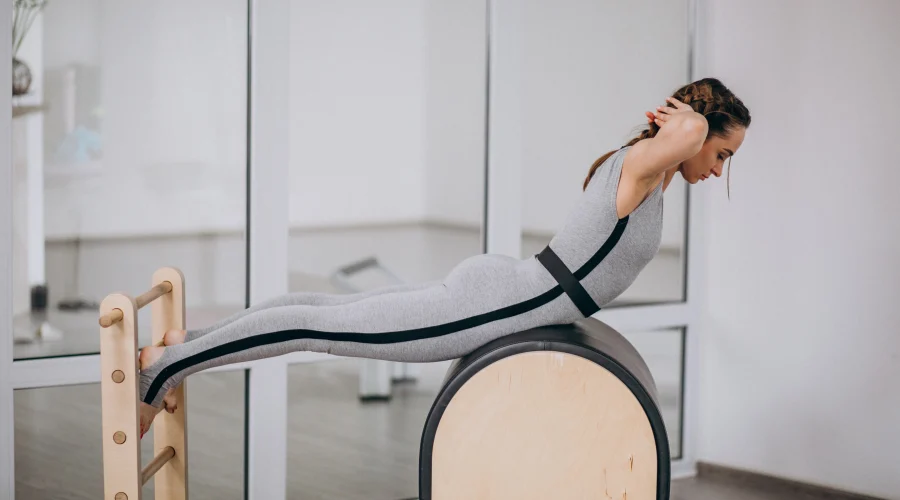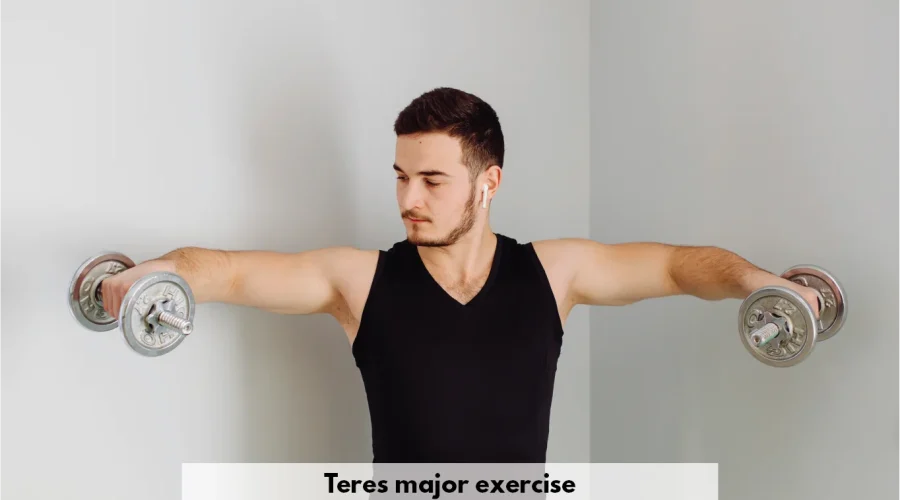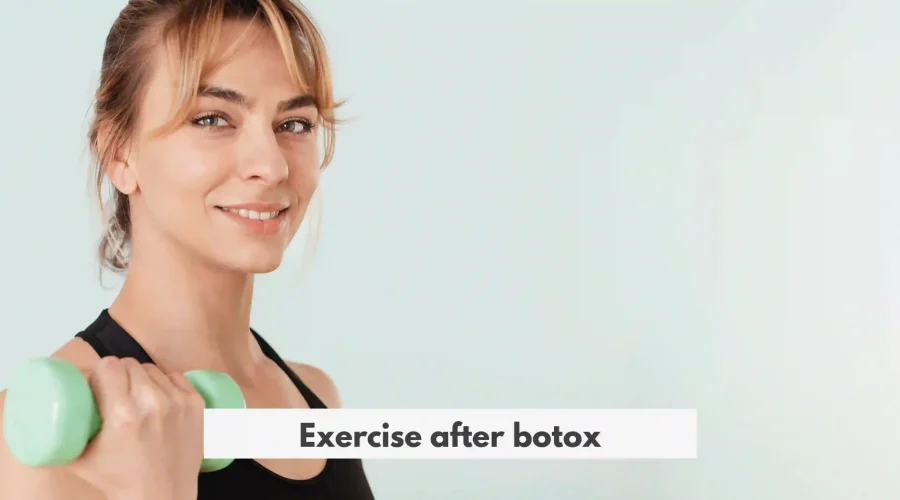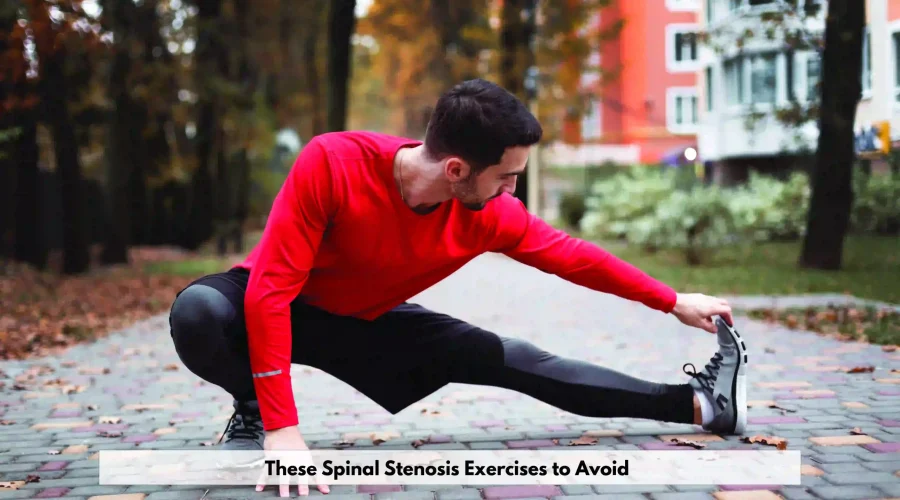5 Trust-Building Exercises Every Couple Needs to Try
Do you want to strengthen the bond with your partner? Trust-building exercises deepen your connection, enhance open communication, and foster a supportive environment. Have you ever wondered how a simple trust fall or a blindfolded navigation game could transform your relationship? These activities help you and your partner trust each other more and work better together. Read this article thoroughly and explore five powerful trust-building exercises that make you feel closer, safer, and more prepared to face any challenge together. Ready to strengthen your relationship? Let’s get started! What Are Trust-Building Exercises and Why Do They Matter? Trust-building exercises are designed especially for couples to enhance trust among them. For example, trust falls. It happens when someone falls backward, trusting their partner to catch them. Another example is blindfold navigation, where one person is blindfolded and relies on instructions from their partner to navigate safely. These exercises help them to learn to trust each other more and communicate effectively. They also promote openness, improve collaboration, and help them to understand each other’s strengths and weaknesses. Moreover, these trust-building exercises foster a supportive and reliable environment. Trust-building exercises matter because trust is the first thing that makes relations strong. Without trust, you can’t live a happy life; many issues will happen every day. Trust gives you the confidence to talk openly with your partner and share everything. It makes them feel safe and comfortable with each other. With trust, they can: 5 Powerful Trust-Building Exercises for Couples 1. Experience 20 Minutes of Warm Tenderness Connecting is more important than communicating. Some of the upcoming exercises can be a little hard for many people, especially in relationships where trust has been broken to some degree. Therefore, it is always a good idea to begin by physically connecting before moving on to the more challenging exercises, which call for a great deal of bravery and vulnerability. You start this exercise, interact, and complete it in your own way. Do whatever makes you and your partner feel the most at ease and taken care of. You can hold hands or alternate being the “big spoon” partner surrounding the other. Or maybe you don’t even talk, but you keep looking at each other for a few minutes. Be sweet, delicate, and cherishing with one another. Connect first, then communicate. This will set the stage for the in-depth exercises that come next. 2. Ask for Forgiveness for My Self-Perceived Mistakes You might still feel guilty about some of your actions in the past few weeks, months, or years. You can squash old self-perceived transgressions by letting your partner know you still feel wrong about them and communicating your way to mutual forgiveness. While it isn’t your accomplice’s liability to make you experience self-pardoning, your excursion towards that spot may be significantly more straightforward, assuming you hear their opinion on those equivalent things that you do. For instance, perhaps you once got so tired at a dinner party that you made a big deal of (in your mind) self-doubt. Bring up this memory with them, and tell them how you feel about it now (for example, “I felt sloppy/like I was embarrassing you/like you resented me”). You might be surprised to learn that they found it endearing, amusing, lovable, etc, and that they were not in the least bit offended by you. Bring out the old secrets, ask for forgiveness, and forgive yourself all at once. 3. Look into Your Partner’s Eyes for 5 Minutes When you are looking directly into your partner’s eyes for five minutes at a time, it is damn near impossible to hide. If this is your first time doing it, this one might sound scary, but the benefits are significant. Make sure you’re looking at each other at eye level, set a timer, get comfortable, and gently look into each other’s eyes. In addition to emotional connection, this exercise has the overall benefit of eliciting unanticipated emotions and bringing them to the surface. It also functions as a relationship pulse check. If one or both of you find it challenging to look into your partner’s eyes for five minutes, it could indicate how comfortable you both are with genuine, in-depth intimacy. Read More: What is submission in a relationship? 4. Appreciate What You Love About Each Other Even when their partners haven’t explicitly broken their trust, many people still experience feelings of being left out, rejected, or abandoned, which is one reason many people lack confidence in them. Believe it or not… this is exemplary adolescence/essential parental figures stuff rising to the surface. Hooray, everyone has problems! Because your partner always has the power to vote with their feet and leave, there will likely always be some natural anxiety in a relationship, no matter how much work you’ve done on yourself to heal your emotional wounds from childhood. Thus, to check this hidden apprehension, play the appreciation game! Take turns pointing out the things you love most about each other. You can either set a clock and alternate, each running through a rundown of ten things, or substitute ideas for thought until you’ve had enough. If you reassure your partner that there are many things you love about them, they will probably have more mental and emotional shields to protect themselves from their doubts. 5. Be Reliable and Consistent Being reliable and consistent is one of the best ways to build trust if reliability and consistency are the foundations of faith. Unfortunately, no exercise instantly builds trust that lasts for months or years. What is the next best option, then? Ask your partner what you do to make them feel safest, most loved, and most taken care of, and try to do those things all the time to the best of your ability. Make a date night every week and show up on time. Make a list of the chores you are responsible for at home and complete them on time. Let your partner into your inner world by being open














